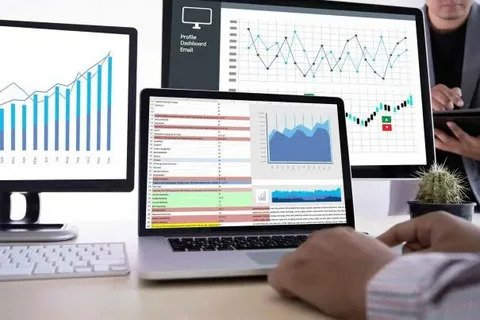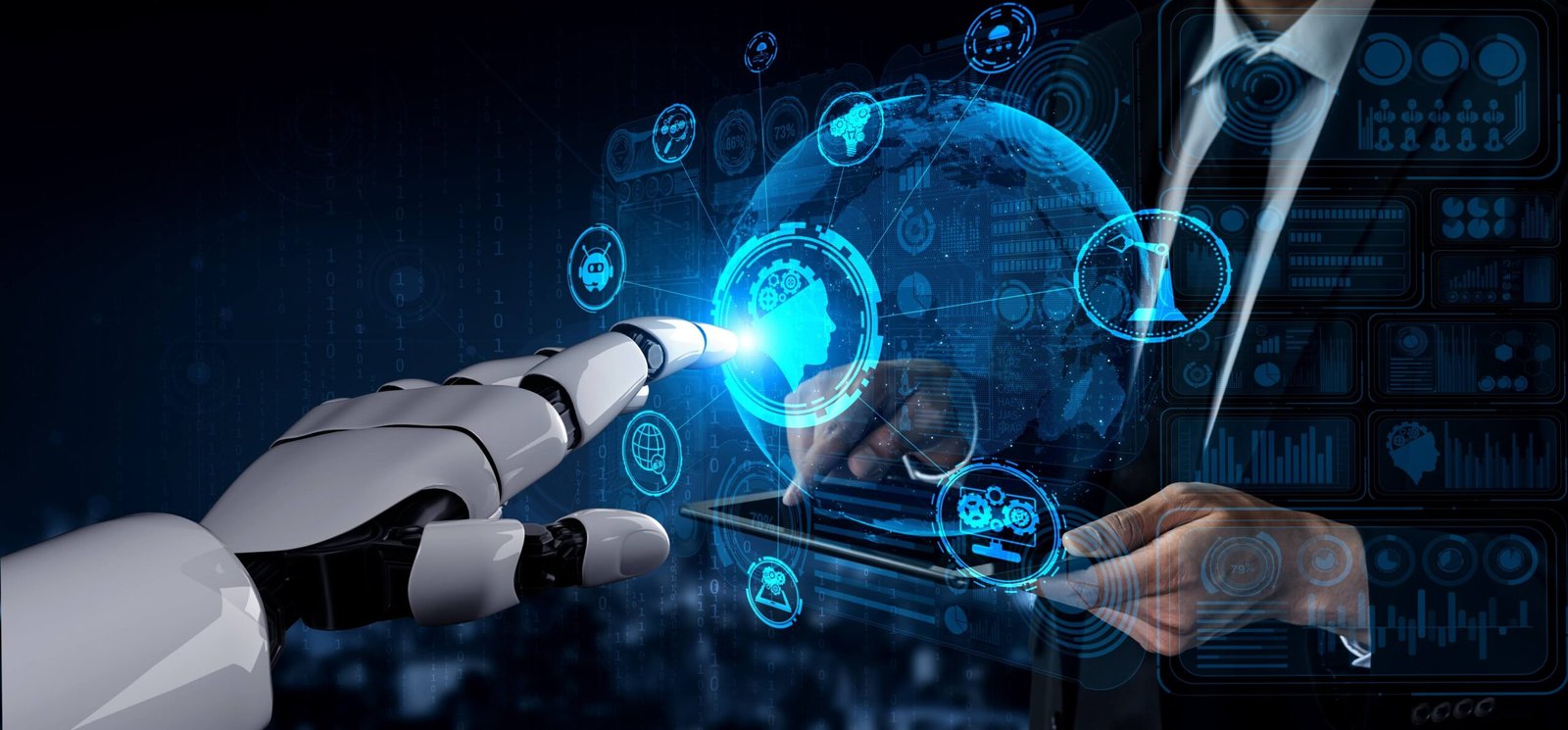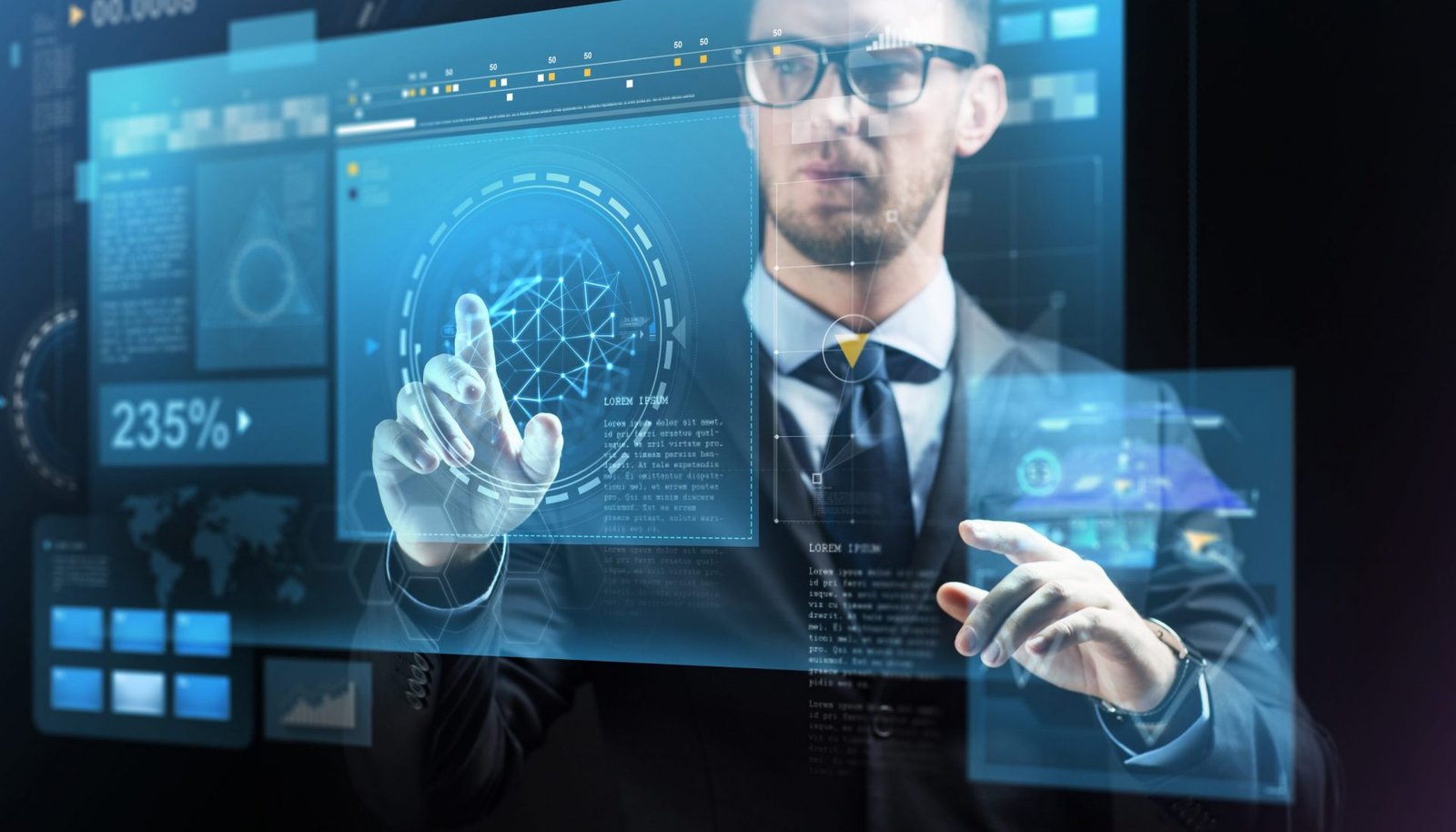How to Start a Tech Blog in 2025 Step-by-Step for Beginners
Why Tech Blogging Is a Smart Move in 2025
In 2025, the digital landscape is growing faster than ever—and with that growth comes the demand for reliable, accessible tech content. Whether it’s AI tools, gadgets, app reviews, or software tutorials, people are constantly searching for answers online. Starting a tech blog is one of the most effective ways to share your knowledge, build a personal brand, and even generate income. With low startup costs and a high potential return, a tech blog can be a side hustle or full-time career—even for complete beginners. This step-by-step guide walks you through the entire process.
Choose Your Niche Focus to Stand Out
Before writing your first blog post, define your tech niche. The tech world is broad, so narrowing your focus will help you attract a loyal audience. You might choose areas like AI tools, programming tutorials, gadgets and device reviews, tech news, web development, or cybersecurity. Selecting a niche you’re passionate about will keep you motivated and help you produce authentic, high-value content. Use tools like Google Trends or AnswerThePublic to find trending sub-niches with search demand and low competition.
Pick a Domain Name and Hosting Service
Your blog’s domain name is your digital identity. Choose a name that’s brandable, short, and relevant to your tech niche (e.g., TechSavvyDaily.com or AIForStarters.net). Once you’ve chosen your domain, register it through a provider like Namecheap or GoDaddy. Next, select a reliable hosting service like Bluehost, SiteGround, or Hostinger. Most hosting services offer beginner-friendly WordPress setups with one-click installations and 24/7 support, which is ideal if you’re new to blogging.
Set Up Your Blog with WordPress
WordPress remains the top blogging platform in 2025 due to its flexibility, SEO features, and plugin ecosystem. Once your hosting is ready, install WordPress and choose a responsive, mobile-optimized tech blog theme. Themes like Astra, GeneratePress, or Kadence are lightweight and SEO-friendly. Customize your theme’s layout, add your logo, and create key pages such as About, Contact, and Privacy Policy. Keep your design clean and easy to navigate—your readers should focus on your content, not flashy animations.
Plan and Write Quality Blog Content
Your blog’s success depends heavily on content quality. Start with pillar posts—in-depth, evergreen articles that offer real value (e.g., “Best Free AI Tools for Beginners [2025]” or “How to Learn Coding Fast – Beginner Guide”). Make sure your writing is clear, well-structured, and solves a specific problem. Use headings, bullet points, and screenshots to enhance readability. Tools like Grammarly, Hemingway Editor, and ChatGPT can help you write more effectively. Aim to publish at least 1–2 high-quality posts per week consistently.
Learn Basic SEO to Rank on Google
If you want to get traffic from Google, learning Search Engine Optimization (SEO) is essential. Begin with keyword research using tools like Ubersuggest, Ahrefs, or Google Keyword Planner. Focus on long-tail keywords like “how to use ChatGPT for blogging” instead of broad terms like “AI.” Use keywords naturally in your title, headings, meta description, and throughout the article. Install an SEO plugin like Yoast SEO or Rank Math to optimize each post and improve your chances of ranking on Google’s first page.
Promote Your Blog to Get Traffic
Creating great content is only half the battle—you also need to promote it. Share your blog posts on social media platforms like Twitter (now X), LinkedIn, Reddit, and relevant tech forums. Join Facebook groups or Discord communities around your tech niche. Consider repurposing your content into YouTube videos or podcasts to reach wider audiences. You can also build an email list using tools like Mailchimp or ConvertKit to notify subscribers of new posts and keep them engaged with your blog.
Monetize Your Tech Blog Effectively
Once your blog has some traffic, you can start making money. Popular monetization options include Google AdSense, affiliate marketing, sponsored posts, selling digital products, or even offering online courses. For affiliate marketing, join programs like Amazon Associates, Impact, or CJ Affiliate and promote tech gadgets, software, or tools relevant to your blog. The key is to balance monetization with value—never push products you don’t trust or overstuff your site with ads.
Track Your Performance and Improve
Monitoring your blog’s performance helps you understand what works and what doesn’t. Use Google Analytics 4 and Google Search Console to track traffic, user behavior, and keyword rankings. Keep an eye on bounce rates, average time on page, and conversion rates for affiliate links or sign-ups. Also, monitor social shares and engagement. Use this data to refine your strategy—update old posts, improve weak content, and double down on what’s performing well.
Stay Consistent and Keep Learning
Success in blogging takes time, patience, and consistency. Even if you don’t see traffic in the first few months, stay committed. Follow top tech bloggers, listen to podcasts, take courses, and join communities to keep learning and improving. Tools and trends change rapidly in the tech world, so staying updated will give your blog a competitive edge. Remember, even small improvements over time lead to long-term success.
Conclusion
Starting a tech blog in 2025 is one of the smartest digital moves you can make. It opens doors to personal branding, income opportunities, and a deeper connection with the tech world. The key is to start small, stay consistent, and keep learning. Choose a niche that excites you, write content that solves problems, optimize it for SEO, and promote it effectively. With time, your blog can become a go-to resource for thousands of readers around the world. So don’t wait—start building your tech blog today and shape your digital future.









